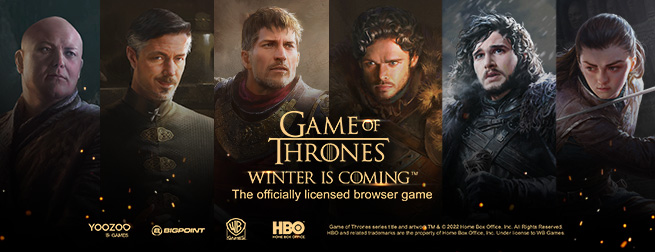-

0 -

4001 -

1434 -

7173
12961 plików
4115,79 GB
 Foldery
Foldery Ostatnio pobierane pliki
Ostatnio pobierane pliki
- sortuj według:
- 129,7 MB
- 17 mar 17 20:33
zachomikowany
- 356 KB
- 17 mar 17 20:33
zachomikowany
- 243 KB
- 17 mar 17 20:33
zachomikowany
- 56,7 MB
- 17 mar 17 20:33
zachomikowany
- 241 KB
- 17 mar 17 20:33
zachomikowany
- 36,5 MB
- 17 mar 17 20:33
zachomikowany
- 0,5 MB
- 17 mar 17 20:33
zachomikowany
- 16,7 MB
- 17 mar 17 20:33
zachomikowany
- 353 KB
- 17 mar 17 20:33
zachomikowany
- 43,6 MB
- 17 mar 17 20:33
zachomikowany
- 0,9 MB
- 17 mar 17 20:33
zachomikowany
- 60,5 MB
- 17 mar 17 20:33
zachomikowany
- 395 KB
- 17 mar 17 20:33
zachomikowany
- 32,9 MB
- 17 mar 17 20:33
zachomikowany
- 354 KB
- 17 mar 17 20:33
zachomikowany
- 26,6 MB
- 17 mar 17 20:33
zachomikowany
- 433 KB
- 17 mar 17 20:33
zachomikowany
- 56,5 MB
- 17 mar 17 20:33
zachomikowany
- 335 KB
- 17 mar 17 20:33
zachomikowany
- 385 KB
- 17 mar 17 20:33
zachomikowany
- 30,2 MB
- 17 mar 17 20:33
zachomikowany
- 331 KB
- 17 mar 17 20:33
zachomikowany
- 23,4 MB
- 17 mar 17 20:33
zachomikowany
- 310 KB
- 17 mar 17 20:33
zachomikowany
-

525 -

589 -

24 -

0
1165 plików
28,86 GB

























 Zaprzyjaźnione i polecane chomiki
Zaprzyjaźnione i polecane chomiki 


